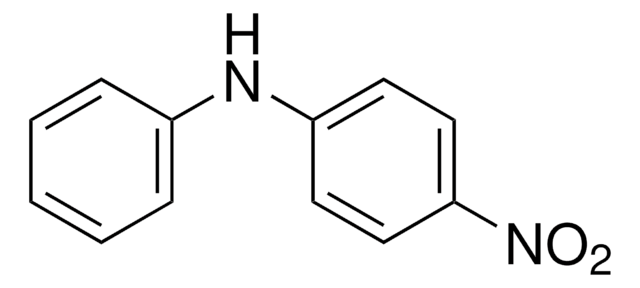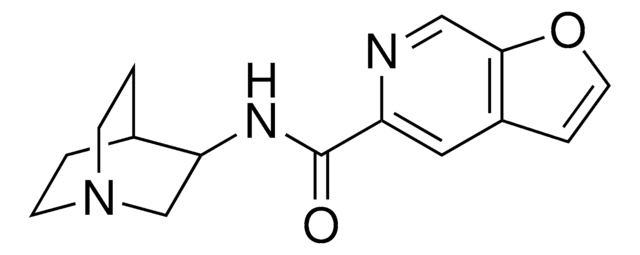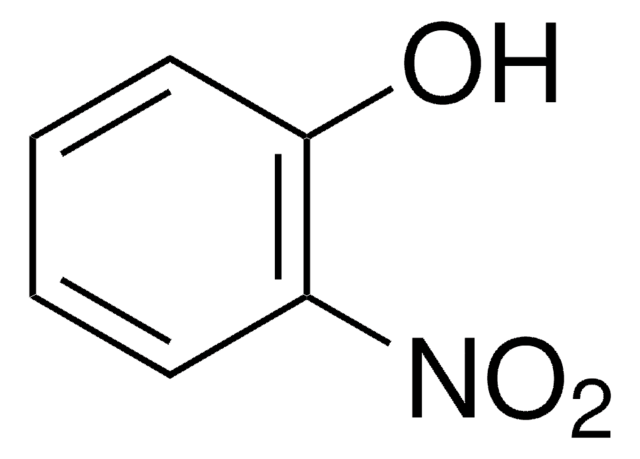ERT-107S
2,4,6-Trinitrotoluene solution
10 mg/mL in acetonitrile, ampule of 5 mL, certified reference material, Cerilliant®
Synonyme(s) :
TNT
About This Item
Produits recommandés
Qualité
certified reference material
Niveau de qualité
Caractéristiques
Snap-N-Spike®/Snap-N-Shoot®
Conditionnement
ampule of 5 mL
Fabricant/nom de marque
Cerilliant®
Concentration
10 mg/mL in acetonitrile
Application(s)
environmental
Format
single component solution
Température de stockage
−20°C
Chaîne SMILES
CC1=C([N+]([O-])=O)C=C([N+]([O-])=O)C=C1[N+]([O-])=O
InChI
1S/C7H5N3O6/c1-4-6(9(13)14)2-5(8(11)12)3-7(4)10(15)16/h2-3H,1H3
Clé InChI
SPSSULHKWOKEEL-UHFFFAOYSA-N
Vous recherchez des produits similaires ? Visite Guide de comparaison des produits
Description générale
Application
Informations légales
Mention d'avertissement
Danger
Mentions de danger
Classification des risques
Acute Tox. 4 Dermal - Acute Tox. 4 Inhalation - Acute Tox. 4 Oral - Eye Irrit. 2 - Flam. Liq. 2
Code de la classe de stockage
3 - Flammable liquids
Classe de danger pour l'eau (WGK)
WGK 2
Point d'éclair (°F)
35.6 °F - closed cup
Point d'éclair (°C)
2 °C - closed cup
Certificats d'analyse (COA)
Recherchez un Certificats d'analyse (COA) en saisissant le numéro de lot du produit. Les numéros de lot figurent sur l'étiquette du produit après les mots "Lot" ou "Batch".
Déjà en possession de ce produit ?
Retrouvez la documentation relative aux produits que vous avez récemment achetés dans la Bibliothèque de documents.
Notre équipe de scientifiques dispose d'une expérience dans tous les secteurs de la recherche, notamment en sciences de la vie, science des matériaux, synthèse chimique, chromatographie, analyse et dans de nombreux autres domaines..
Contacter notre Service technique










